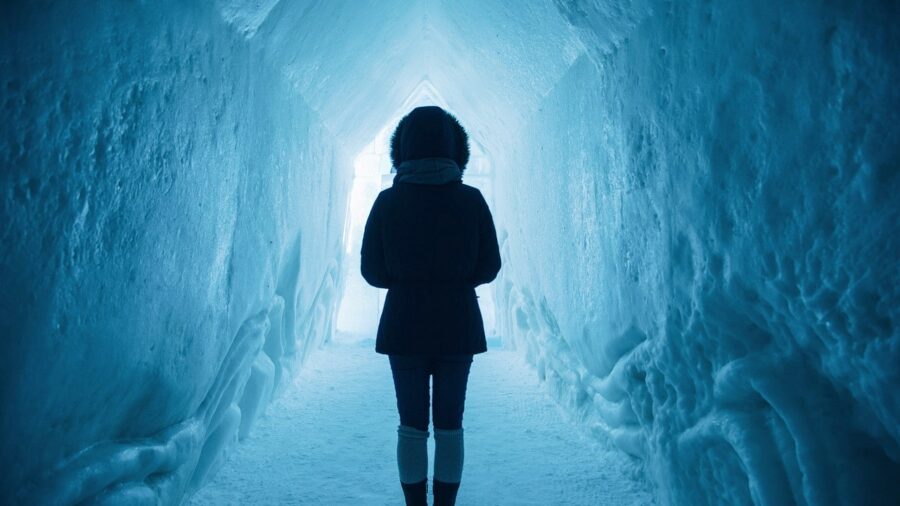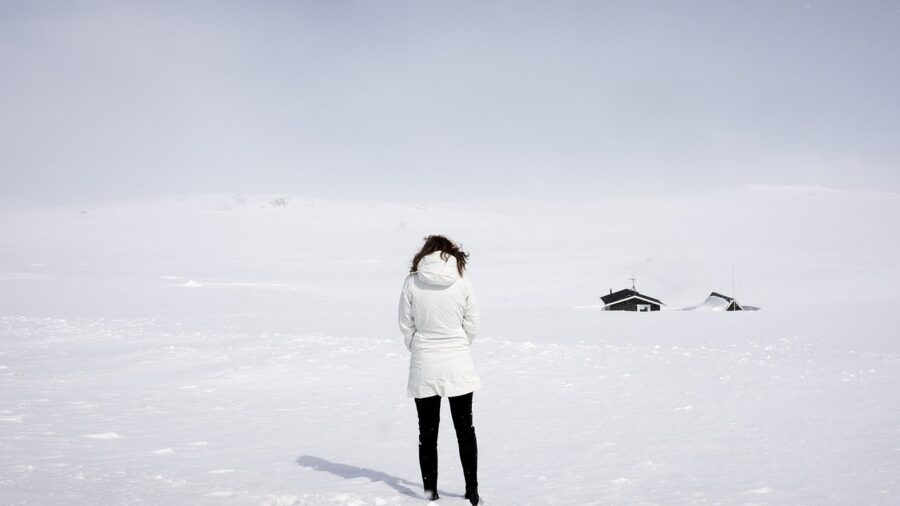Woman Frozen Solid And Lives To Tell The Story

It was an early New Year’s Eve morning in 1980 when a woman, Jean Hilliard, was frozen solid in the icy heart of Minnesota. The 19-year-old, wearing a winter coat, mittens, and cowboy boots, survived frigid temperatures of minus 30 degrees Celsius (minus 22 degrees Fahrenheit) for a remarkable tale of survival that has left the medical community in awe.
According to Science Alert, Hilliard’s ordeal began when her car stalled while returning to her parent’s house after a night out. She then set out to seek help from her friend despite the bone-chilling temperatures. Unfortunately, the woman tripped and lost consciousness, lying immobile in the snow for six agonizing hours until she was frozen solid.
Jean Hilliard managed to survive being frozen solid in 1980, in spite of her body temperature dropping to 27 degrees celsius.
Luckily, her friend Wally Nelson found her nearly lifeless body just meters from his door. “I grabbed her by the collar and skidded her into the porch,” Nelson told Minnesota Public Radio about the woman frozen solid. “I thought she was dead. Froze stiffer than a board, but I saw a few bubbles coming out of her nose,” he added. His swift response played a crucial role in saving her life.
Stories of people surviving extreme cold are unusual but not very rare. Medical specialists in cold climates often say, “Nobody is dead until warm and dead.” The sentiment underscores the notion that extreme hypothermia isn’t necessarily the end of life, as was the case with the women frozen solid all those years ago.
Lowering body temperature in a controlled environment can slow the metabolism and reduce the body’s demand for oxygen, prolonging the survival window. Hypothermia, in some cases, can serve as a temporary life-preserver. Still, Jean Hilliard’s case was uniquely extreme as her body temperature dropped to a mere 27 degrees Celsius, a full 10 degrees below that of a healthy human.
“Nobody is dead until warm and dead.”
-adage among cold climate medical specialists.
But this woman was more than just cold: her body had frozen solid. Her face was ashen, her eyes were unresponsive, and her skin was said to be too rigid to puncture with a hypodermic needle. Dr. George Sather, the physician who treated Hilliard, described her state as “just like a piece of meat out of a deep freeze.”
Within hours, after being warmed by heating pads, Hilliard’s body returned to a state of health. She was speaking by noon, and, aside from some numb, blistered toes, the woman was soon discharged to lead a normal life, seemingly unaffected by being frozen solid. While her friends and family believe prayer saved Hilliard, medical professionals have been trying to solve the puzzle from a biological standpoint.

When it freezes, water expands, which can cause cell membranes to rupture, leading to frostbite and other severe complications. While some animals have evolved natural antifreeze mechanisms to survive freezing conditions, humans lack such adaptations. As such, the case of the woman frozen solid leaves many questions unanswered.
“I grabbed her by the collar and skidded her into the porch. I thought she was dead. Froze stiffer than a board, but I saw a few bubbles coming out of her nose.”
-Wally Nelson, Jean Hilliard’s friend
Was there something unique about Hilliard’s body chemistry or tissue makeup that allowed her to survive? Did woman “frozen” solid in her case mean the same as frozen in a more typical sense? Her core body temperature, while extremely low, was still above freezing, which makes a significant difference.
Severe hypothermia can cause muscle rigidity that resembles rigor mortis. Blood vessels under the skin constrict to preserve vital organs, leading to an ashen appearance and cold skin. While the story of the woman frozen solid presents more questions than answers, it serves as a testament to the human body’s resilience.












